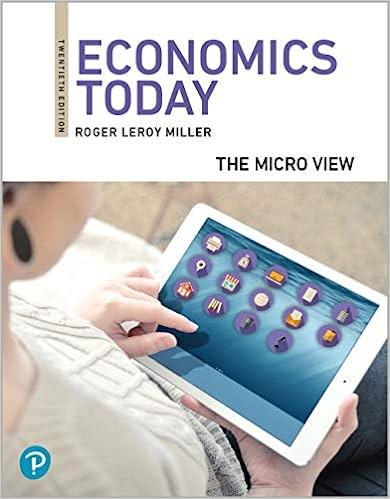In 1998, John Tauras of the University of Illinois at Chicago and Michael Grossman of the City
Question:
In 1998, John Tauras of the University of Illinois at Chicago and Michael Grossman of the City University of New York conducted a study of teen use of cocaine. They found that compared to adults, youthful drug abusers are three times more sensitive to price changes. Whereas adult cocaine demand is inelastic, teen cocaine is greater than 1 over the range of market prices tabulated by the Drug Enforcement Administration. In other words, a 33 percent increase in the price of cocaine likely would reduce teen cocaine purchases and consumption by more than one-third. Undoubtedly, some teens substitute other drugs. Nonetheless, cocaine and crack cocaine are considered addictive substances. Inducing teens to reduce cocaine use might take a significant bite out of the nation’s long-term problems with drug abuse. An implication of this study is that the legal crackdowns on cocaine dealers that restrict the supply of the drug and push up its price might be an appropriate strategy in the war against drugs.
If teen price elasticity of demand for cocaine equals 1.2, what will happen to drug dealers’ revenues from sales to teens if cocaine prices rise?
Step by Step Answer:






